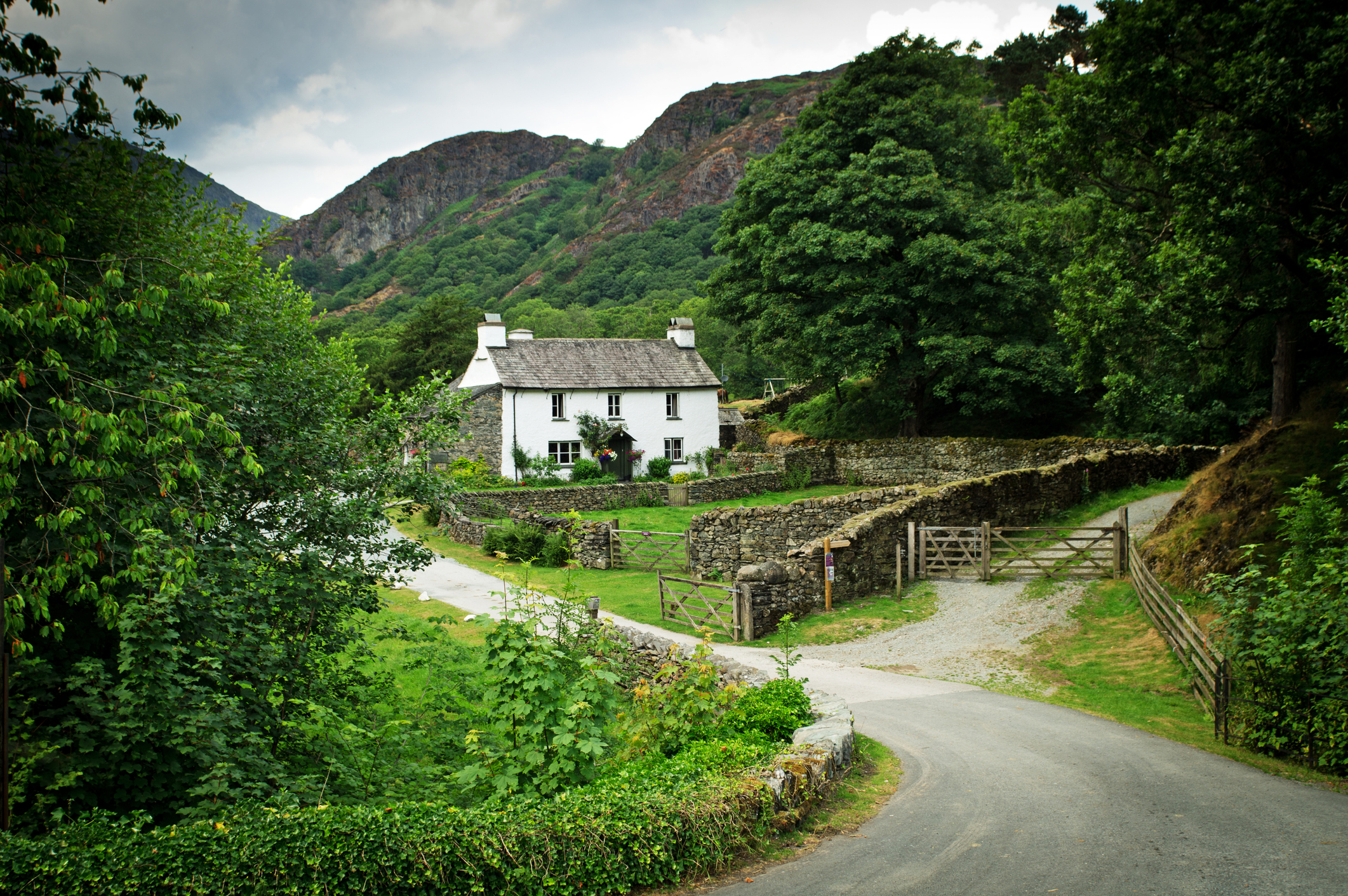Rural homes beat urban properties for price growth – where are house prices soaring?
We look at the top-performing rural local authorities for house price growth


Escaping to the country can have many attractions – from an often slower pace of life to less crime and more picturesque views. But new figures show residents in rural areas are also benefiting from higher house price growth.
House prices in predominantly rural areas have risen by 23% over the last five years, compared to 18% in predominantly urban areas, according to data from Nationwide.
Local authorities classified as ‘urban with significant rural’ saw price growth of 22% over the same period.
MoneyWeek
Subscribe to MoneyWeek today and get your first six magazine issues absolutely FREE

Sign up to Money Morning
Don't miss the latest investment and personal finances news, market analysis, plus money-saving tips with our free twice-daily newsletter
Don't miss the latest investment and personal finances news, market analysis, plus money-saving tips with our free twice-daily newsletter
Rural terraced properties have seen the strongest rate of price growth in that time, while urban flats saw the weakest.
Andrew Harvey, Nationwide's senior economist, said: “Average house price growth in predominantly rural local authorities has continued to outpace that in predominantly urban areas.
“The pandemic had a significant impact on housing demand during 2021 and 2022, with our research at the time pointing to a shift in preferences towards more rural areas, particularly amongst older age groups.
“Whilst these effects have now faded, less urban areas have continued to hold the edge in terms of house price growth.”
We look at the best places to live in the UK – and how much they will cost you – in a separate piece.
Where are rural house prices rising fastest?
Tewkesbury in Gloucestershire, which is just north of the Cotswolds, was the top-performing rural authority in 2024, with average prices rising by 11% to £334,361.
Among those buying in rural locations, 41% of those surveyed bought a detached house, with a further 29% buying a semi-detached home.
Rural terraced properties have seen the strongest price growth between December 2019 and December 2024, with average prices increasing by 25%.
Rural semi-detached prices also increased by 25% over the same period, with urban semis seeing a 24% rise. Meanwhile, rural detached properties increased by 21%.
Flats saw considerably weaker price growth, particularly those in predominantly urban areas, which increased by just 6% over the last five years.
Region | Local authority | Average price | % change |
|---|---|---|---|
South West | Tewkesbury | £334,361 | 11% |
East Midlands | Harborough | £356,463 | 11% |
South East | South Oxfordshire | £484,364 | 9% |
Scotland | Shetland Islands | £191,083 | 8% |
East | East Cambridgeshire | £345,041 | 8% |
North East | County Durham | £135,405 | 8% |
West Midlands | Stratford-on-Avon | £387,411 | 7% |
Wales | Carmarthenshire | £197,925 | 6% |
North West | Westmorland & Furness | £236,511 | 6% |
Yorkshire | North Yorkshire | £276,027 | 5% |
Rob Peters, principal at Simple Fast Mortgage, said: "This data reflects the clear and continuing shift in buyer behaviour post-pandemic. The desire for green space, flexible living and a better work-life balance continues to drive demand, trends that have persisted even after cities have reopened.
“Rural terraces, often seen as affordable entry points, have outperformed expectations, making them standout performers over the past five years.”
Peters warned affordability is a concern, explaining: “A 23% rise over five years in rural areas means many locals could be priced out of their own communities, particularly in picturesque but low-wage regions.”
Meanwhile, urban flats have stagnated in value, “highlighting ongoing demand imbalances that need addressing through smarter housing policy and better urban infrastructure”, Peters said.
Where are people moving to?
Nationwide’s latest housing market survey looked at homeowners who have moved home in the last five years.
It found most (63%) house moves were within the same type of area, with the biggest flow being within large towns or cities.
Around 9% of moves were from towns and cities to rural areas (villages or hamlets) although this was partially offset by 7% who moved from rural to more urban areas.
Younger people (those aged 25 to 34) tended to move to more urban areas, while older age groups, particularly 55+, favoured more rural areas.
“Our survey data shows that a bigger property or garden was the top reason cited by those moving in the last five years, which may in part reflect the ‘race for space’ seen during the pandemic,” said Harvey.
“Indeed, a third of survey respondents (33%) purchased a detached property, with just 15% buying a flat – it appears the majority of home movers ‘traded up’.”
Get the latest financial news, insights and expert analysis from our award-winning MoneyWeek team, to help you understand what really matters when it comes to your finances.
Laura Miller is an experienced financial and business journalist. Formerly on staff at the Daily Telegraph, her freelance work now appears in the money pages of all the national newspapers. She endeavours to make money issues easy to understand for everyone, and to do justice to the people who regularly trust her to tell their stories. She lives by the sea in Aberystwyth. You can find her tweeting @thatlaurawrites
-
 Autumn Budget tax changes: how is your generation affected?
Autumn Budget tax changes: how is your generation affected?The chancellor expects everyone to do their bit to boost the nation's finances but the tax burden is by no means shared equally
-
 Revealed: pension savers ditch investment trusts and favour passive funds
Revealed: pension savers ditch investment trusts and favour passive fundsDemand for investment trusts is cooling among self-invested personal pension (Sipp) customers, who are increasingly choosing money market funds, passive funds and individual shares
